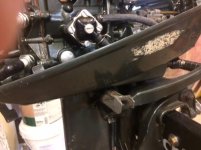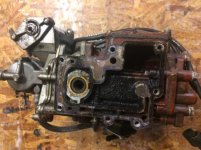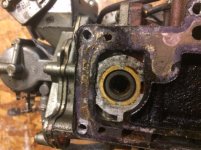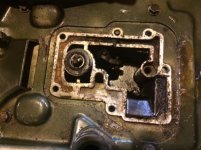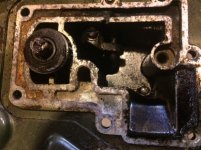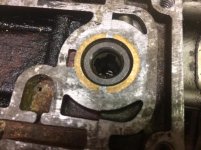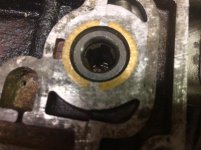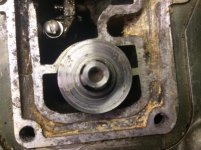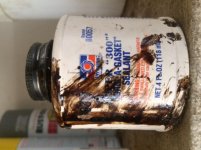cocktail racer
New member
How to I replace a broken shift lever on my 1968 Johnson 6HP model CD-25C motor? I have been told that I have to remove the powerhead, but I would like to not have to do that. That process seems complicated and open for failures in replacing all parts. Is there an easy way to replace the shift lever?
And if I have to remove the powerhead, how to I do that and what pit falls await me? The motor runs well and the shift lever works with the help of pliers to shift from neutral to forward and to reverse. But I would like to fit it with a manual shift mechanism and I cannot as the current broken shift lever is too short to get any purchase without pliers.
Thanks in advance.
Fred
And if I have to remove the powerhead, how to I do that and what pit falls await me? The motor runs well and the shift lever works with the help of pliers to shift from neutral to forward and to reverse. But I would like to fit it with a manual shift mechanism and I cannot as the current broken shift lever is too short to get any purchase without pliers.
Thanks in advance.
Fred


